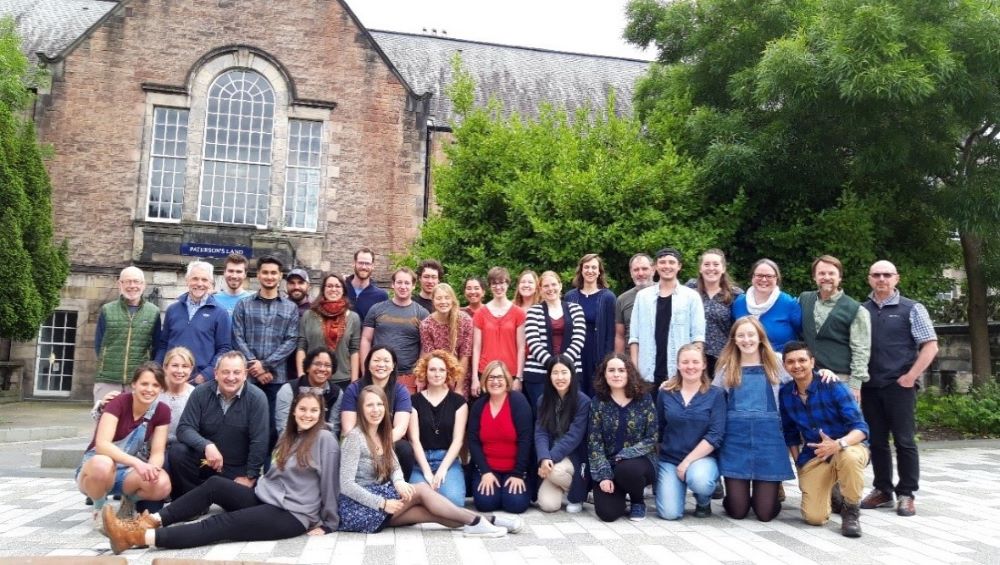
In this extra post, the authors, staff and students from the Outdoor Environmental Education Programmes at the Moray House Schools of Education and Sport, share findings from their research on building intentional learning communities…
Our interest in exploring the role of a learning community and its relationship to student engagement came about through personal experiences of the learning community that lives within the Outdoor Environmental Education Programmes in Moray House School of Education and Sport. As staff and students, we were interested to learn more about what was going on to create the rich community that spans cohorts, places and the more-than-human world. In order to be mindful of the learning community itself, the research team consisted of both staff and students. The project was funded by a Student Experience Grant, and brings together learning communities, residential experiential learning (place-based learning) and student engagement.
Intentional learning communities share a commitment to respect and open-mindedness, for new ideas and experiences, often grounded in interconnectedness and interdisciplinarity. They rely on intentional guidance and emerging engagement, to foster a sense of comfort and safety that supports students to explore learning experiences they may have otherwise passed over. Residential experiential learning, akin to Gruenwald’s place-based education, involves localised learning, away from the ‘usual’ classroom, where students and staff co-create learning. Student engagement occurs on multiple levels (cognitive, affective, and behavioural), and emphasises the value of experiences both in and out of the classroom, where lines of formal and informal learning are blurred, and staff and students are equally valued.
The Student Experience
The student data described a community that was equal, transcultural and supportive, where connection to place and residential learning were central in the construction of belonging, trust and connection between peers, and to the more-than-human world. A golden thread emerged, drawn out of interdisciplinary learning and a profound connection to the natural world; it was when learning through interdisciplinarity in natural spaces and places, that the community developed a sense of mutual understanding and empathy for peers and for planet. Nature was recognised as the community glue which stretched and shaped the students’ journey on the programme.

However, whilst students reported a profound connection to their learning community, part-time students acknowledged the power of the community but considered themselves distanced (both geographically and temporally). This has raised questions about how part-time student engagement with the community might be enhanced and how, at a time now heavily influenced by Covid-19, these students can integrate more authentically, and be more integrated and supported in the community setting.
These discoveries reinforce the significance of place-based learning and residential education in the formation, maintenance and success of a learning community and student engagement. Both community and engagement were recognised as inseparable and, when living with peers for prolonged periods of time on a residential experience, learners reported a greater sense of togetherness where relationships with others and the world around them could flourish. The reliance on community for engagement and vice versa has shown how important these connected components are; they help frame successful retention and develop students far beyond the taught components of their programmes.
The Staff Experience

All staff agreed the learning community was important, however each had individual understandings of what a learning community is, how it forms or is formed. They agreed the presence of a learning community was directly impacted by student engagement and vice versa, with this reciprocity resulting in the learning community creating something greater than the sum of its parts. For staff, the learning community provided support for learning through the creation of a space to question and learn, to challenge ways of thinking and empower learners to affect change.
The formation and disruption of the learning community, staff agreed, was directly impacted by time. Residentials were considered by all staff an independent facilitator of learning and community development, which allowed unstructured time together (to build relationships, to learn and challenge one another), and created opportunities for intergenerational communal living. For staff who found place significant, they saw it as an enabler for situating learning within the context of broader issues; encouraging and allowing people to challenge their own and others’ views. The role of intentionality was variously understood and described: as entirely conscious (planned and intentional), unconscious (unplanned and intentional), and organic (organic and unintentional). Disruptions came from a range of sources, particularly interpersonal relationships and power structures, and were combatted through open pedagogy (attending to everyone’s needs), modelling of attitudes (e.g. respect, imperfection), and residential experiential learning.

The initial findings have emphasised the rich and diverse nature of the learning community present in the Outdoor Environmental Education programmes. Whilst staff and students share a commitment to respect, learning, and collaboration, many individual interpretations of what makes a learning community successful and how they form or are formed are present. This reflexive study has raised questions around intentionality, individuality, and reciprocity. We leave you with some questions to ponder: How important is it that all members of a learning community have similar understandings and approaches to the development of their community? Is their organic nature, complexity and messiness part of the positive power these spaces create for connection, engagement and learning? What role do particular places/spaces (e.g. residential, outdoors, indoors, online) play in developing, building and maintaining relationships and learning communities?
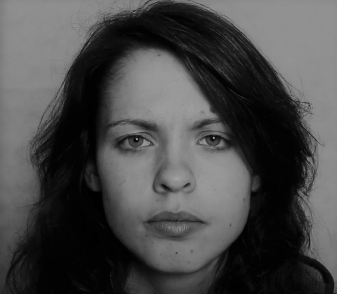 Catherine Dunn
Catherine Dunn
Catherine Dunn has just finished an MSc in Outdoor Education at the University of Edinburgh. She is a freelance filmmaker who specialises in storytelling within adventure and sustainability. catherinedunn4488@hotmail.co.uk
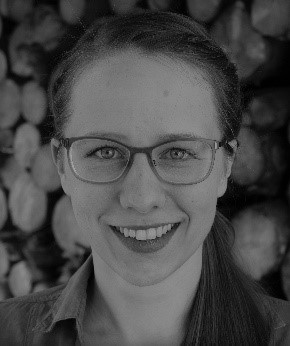 Helen Gebhardt
Helen Gebhardt
Helen Gebhardt has just finished an MSc in Outdoor Environmental and Sustainability Education at the University of Edinburgh. She is now pursuing a career as Outdoor Educator in the UK. Helen.Gebhardt90@gmail.com
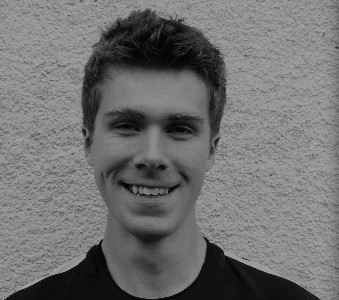 jACK REED
jACK REED
Jack Reed has just finished an MSc in Outdoor Education and begins a PhD researching the impact of mobile devices and social media on learning transfer in outdoor education at the University of Edinburgh in October. jack.reed95@outlook.com @JackReed27
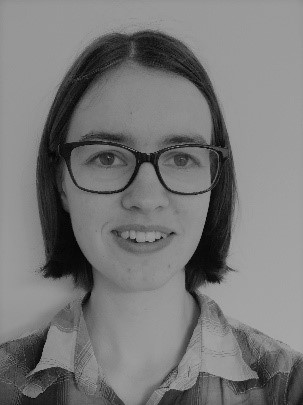 sophie richards
sophie richards
Sophie Richards has just finished an MSc in Outdoor Environmental and Sustainability Education, and is starting a PGDE in secondary geography at the University of Sheffield in September. sophiehelen@hotmail.co.uk
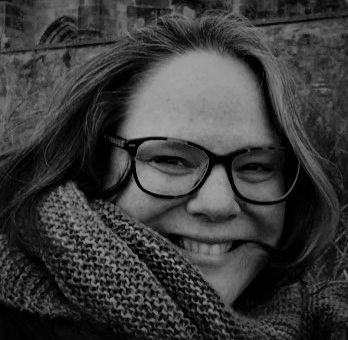 Heidi Smith
Heidi Smith
Heidi Smith is a Lecturer of Outdoor Learning with learning and teaching and research interests in outdoor environmental education in all its forms, place-based learning, leadership, praxis, transculturality, student and educator experiences, and innovative pedagogies. Heidi.Smith@ed.ac.uk

